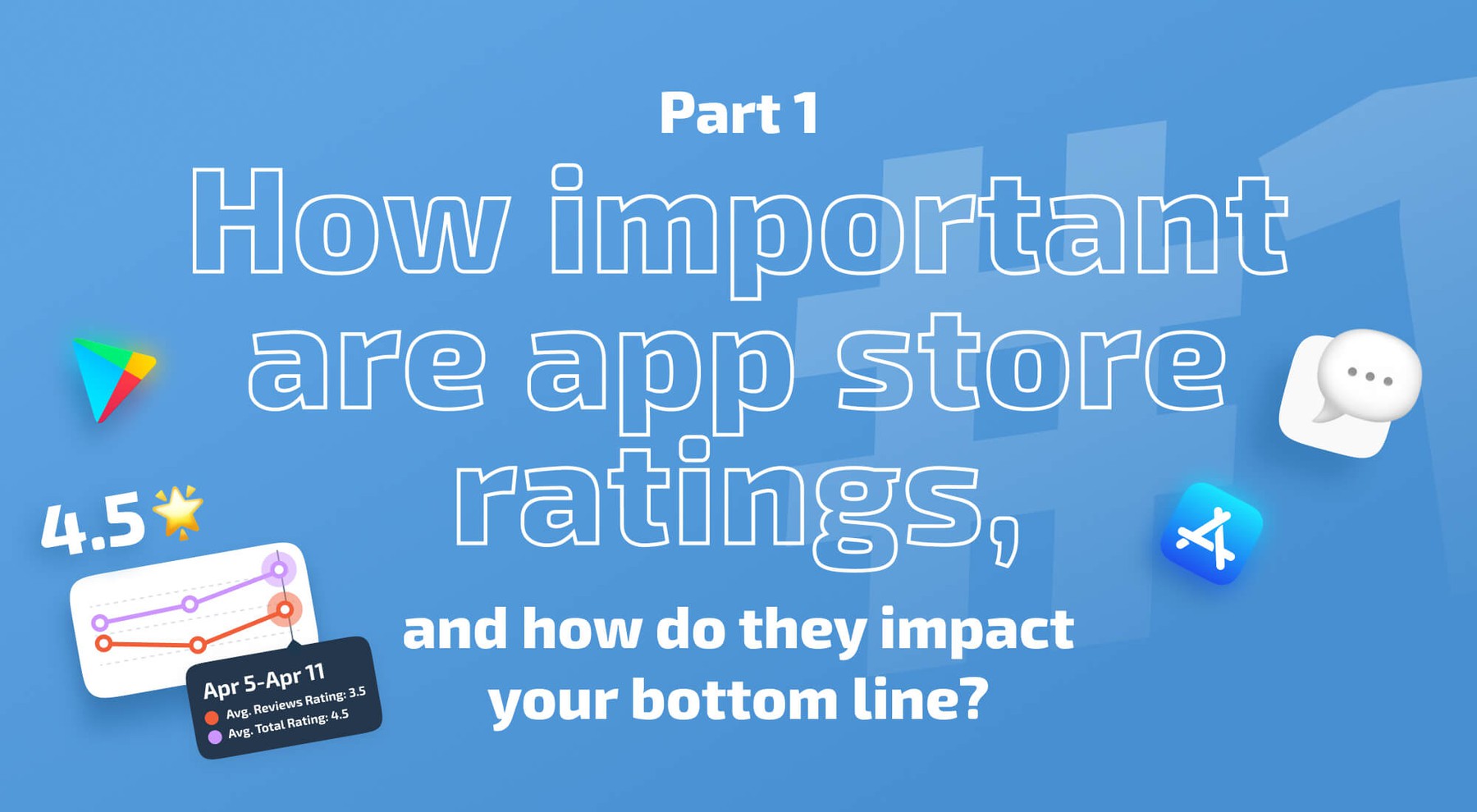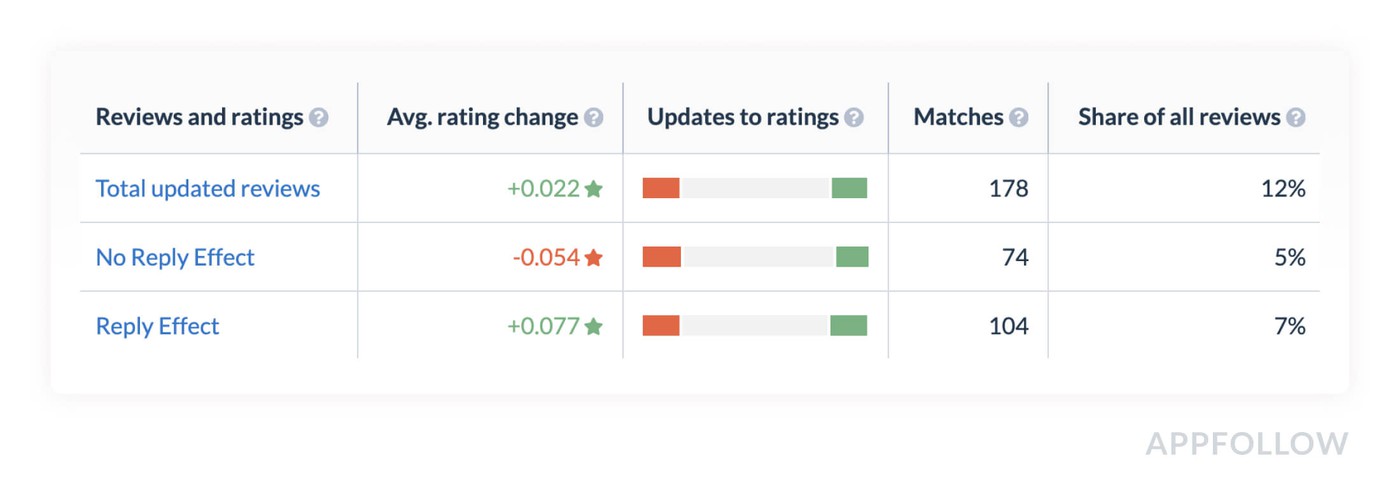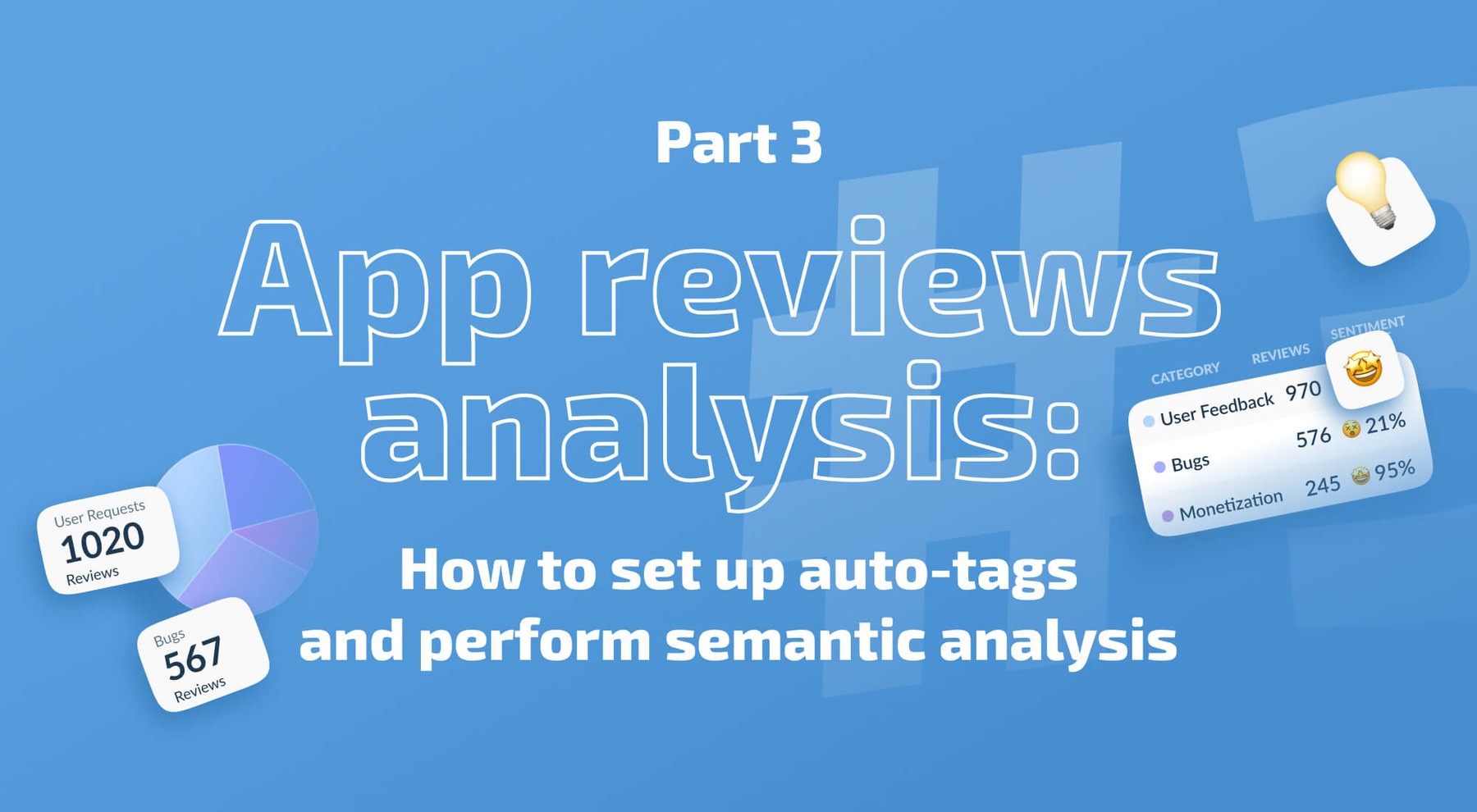How important are app store ratings, and how do they impact your bottom line?

How you place in the app stores can make a world of difference to your organic acquisition and product development. The success of any app, in any app store, is firmly tied to its star rating, which is averaged from an app’s user reviews and star ratings (without any comments). This means that even exceptionally well-designed and functional app still needs to pay attention to the reviews and feedback it receives from users in order to become popular and gain recognition.
Dive into our guide below to learn all the ins and outs of review management - including the influence of app ratings, the algorithms and formulas the app stores follow to calculate them, and key KPIs to gauge the health of your app and review management process.
How important are app store ratings and reviews?
Your average app rating is a key metric both for users and your app’s Product team. Users browsing in the app stores heavily rely on recommendations, and reviews help them determine if the app is stable and others enjoy using it. As a result, the app rating directly influences your conversion rate, that is the likelihood of the user’s desire to install the app. In general, we’ve seen that 93% of users look to an app’s rating and its review section before committing to a purchase.
As an app publisher, the review section is also a prime opportunity to hear from your user base. Communicating with users to gather product improvement insights (including feature requests), and learning about bugs and showstoppers in using your service, can profoundly influence the success of your business.
While ratings and reviews on the app stores are a key channel to gather user feedback, additional channels will help you to build a well-rounded and informative feedback loop. These include:
- Support emails (Email, Zendesk, Usedesk)
- Community channels (Chats, social media, forums)
- Integrated channels (Native pop-ups, Intercom, Helpshift)
- Reviews (mobile app stores)
Bottom line: your product’s rating influences your consumer’s psychology of choice in any kind of market, not just the app stores. Think of it this way - in an instance where you, as a consumer, need to make a choice between two otherwise similar products, you would be unlikely to try the one with a lower rating.
The algorithms at play in the app stores
To understand just how much your reviews affect your ranking and organic acquisition efforts, let’s take a look at a recent example from the Google Play Store below. When a user uses manual search, Google offers to sort apps based on two filters - an app rating of 4.0, and 4.5 stars and higher respectively. This filter was introduced to Google Play back in February 2020 for testing and is now officially available on all devices.
This could be another reason why ignoring review management made such a considerable impact, as their 3.9 rating could have severely impacted their discoverability in the store.
This could be a reason why ignoring review management can have a considerable impact, for example, an app with a rating of 3.9 would be much less discoverable in the store.

How do I improve my app rating?
Both the App Store and Google Play change and improve their internal ranking algorithms continuously. Now, the average app rating forms an essential part of the ranking score as well. We’ve noticed (and confirmed it in Google Play) that an app gets a considerable boost in search results after surpassing the 4.5 app rating score. The same thing can be said about a 4.0 app rating. The same correlation between app rating and discoverability (and therefore, success), is also seen to be true for the App Store.
Average rating formulas in App Store and Google Play
Both in the App Store and Google Play, the average app rating reflects the regional average. For instance, users with an Apple ID based in USA, and others in the UK, will see different average ratings for the same app. But the rating formula differs between the App Store and Google Play.
In the App Store, the rating formula takes every single review into account - old or new - so long as they come from within the relevant region. Additionally, you can perform a rating reset in the App Store Connect. Upon doing that, your entire app rating history will be deleted. This strategy might be useful when undergoing global changes or rebranding, or when the absolute majority of the app’s ratings are negative.
In Google Play, public ratings are determined through an average weighted calculation, and the specific details of this calculation are not disclosed. The overall public rating displayed for users may not consistently increase day by day. In some cases, you may observe a lower count at a later date compared to an earlier date.
Does the app store take down apps with low ratings?
The short answer is yes - but there might be some exceptions. Ideally, your average app rating should never go below the 4.0 mark, or you risk making it impossible to discover organically. The app world follows the Pareto “80/20” principle in full - apps with a rating of 4.0 and above receive the absolute majority of app installs and revenue, and those with 4.5 rating and higher receive the lion’s share of users. That’s why 4.0 and 4.5+ app ratings can be taken as “low” and “high” benchmarks you can reliably aim for and include in your KPI metrics.
What additional metrics does the average rating cover?
Now that we’ve looked into average app rating, let’s turn our attention to alternative KPIs influenced by app reviews. There’s a whole host of metrics that you can use to further understand how well your app is performing, and gauge the effectiveness of your support team, as well as evaluate the maturity of the processes in a whole.
Average Rating by Reviews
Every app store has two general formats of app ratings: a rating without any text or commentary, and a rating with a comment (review). AppFollow provides statistics on both types of ratings.
But why would you need that? The answer is pretty simple.


If your app rating increases, that can be attributed to both good product decisions and decent placement of the review request in the app itself. It means you’ve also made the right call targeting the user cohort that will respond, as well as the time and place to nudge them towards leaving a review.
However, the rating changes based on actual user feedback can signal that certain additions or problems haven’t been well received. It’s important to note that 99% of the time, this metric will be lower than the average app rating itself - as one of the most common reasons why users write reviews is when they’re unhappy with their experience, and to let developers know that something needs fixing.
That’s why Average Rating By Reviews is key for app developers to discern how well the app is doing feature-wise, and catch any issues before they make a bigger impact on the average app rating.
Average New Rating
The Average New Rating (Incremental rating on the Rating chart) is based on ratings submitted within a selected time period. This is available separately from your other metrics in the AppFollow dashboard, helping you to segregate old feedback from more recent trends or new user cohorts.


As your average app rating is the result of all your reviews, it can be challenging to properly gauge changes in users’ sentiment about your app.
For instance, you might have introduced new user acquisition channels, added new big features into the app, updated your monetization model or your onboarding process - how do you understand what performs better and what doesn’t? The Average New Rating metric can help you do just that.
Reply Effect
Reply Effect is one of the most valuable and noticeable metrics that helps understanding the rating changes as a result of the Support team efforts. The main goal of a Support Manager is to respond to reviews, enhance ratings, encourage users to upgrade from a low score to a higher one, and analyze feedback and report insights to stakeholders. The Reply Effect shows the share and the result of updated reviews that were worked on by the Support team.

If the Reply Effect rises, the average app rating may increase as well. On the flip side, you also have an opposite metric - the No Reply Effect - which highlights rating changes for reviews that go unanswered.
Average rating formulas in App Store and Google Play
Both in the App Store and Google Play, the average app rating reflects the regional average. For instance, users with an Apple ID based in USA, and others in the UK, will see different average ratings for the same app. But the rating formula differs between the App Store and Google Play.
In the App Store, the rating formula takes every single review into account - old or new - so long as they come from within the relevant region.
In Google Play, public ratings are determined through an average weighted calculation, and the specific details of this calculation are not disclosed. The overall public rating displayed for users may not consistently increase day by day. In some cases, you may observe a lower count at a later date compared to an earlier date.
What are the benefits of working with app reviews?
The bottom line is that app developers should recognize the importance of app ratings and reviews. Integrating reviews into your feedback loop might mean the difference between commercial success or failure of your product. Alongside influencing a user’s choice to download your app, the average app rating is weighed by the app store’s internal algorithms and heavily affects its marketing metrics.
Looking to further boost your review management process and improve your app ratings? Dive into our next chapters, answering burning questions including:
- How can I increase my app rating and respond to reviews efficiently?
- How can I get maximum value out of user reviews?
- How can I automate my Support team or Support Manager’s work?
- What is the best strategy for responding to reviews?







